Microbiology
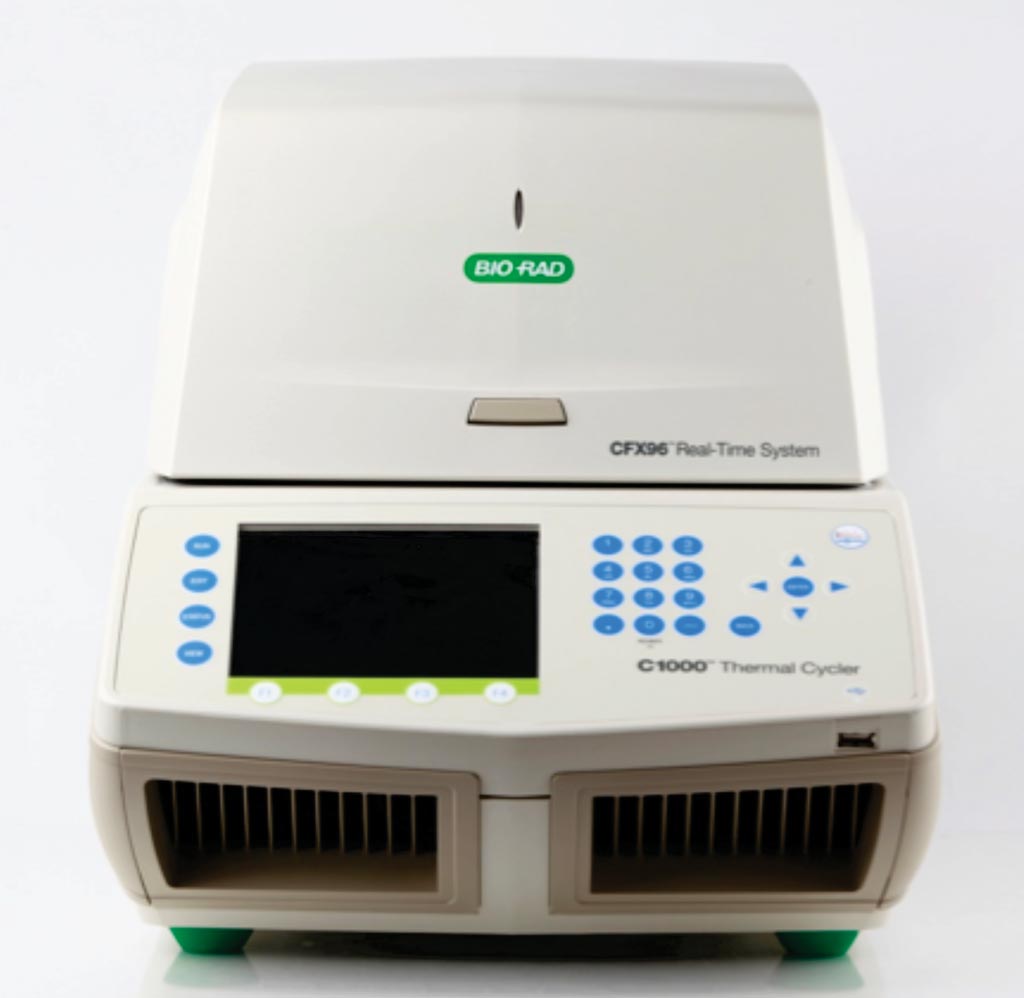
Fast Diagnosis of Sporotrichosis Based on RT-PCR
Sporotrichosis is a subacute or chronic infectious disease caused by dimorphic fungi of Sporothrix spp. The genus Sporothrix consists of several species with different geographic distributions, virulence, and antifungal susceptibilities, making species-level identification necessary. More...21 Mar 2019
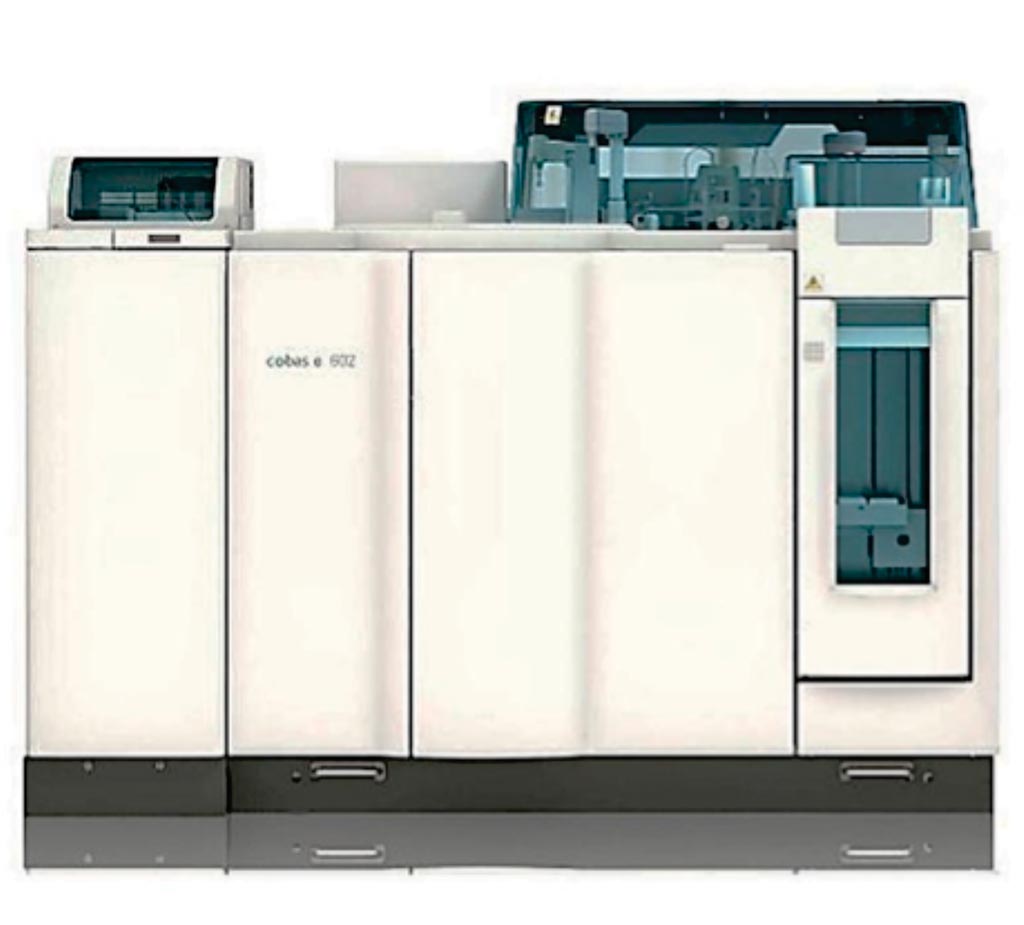
Efficacy Investigated for Electrochemiluminescence Immunoassay
Syphilis caused by Treponema pallidum is a chronic bacterial infection. T. pallidum cannot be cultured in vitro, and new molecular tests for syphilis are unlikely to replace serology in the short term because they are fairly expensive and require sophisticated equipment. More...20 Mar 2019

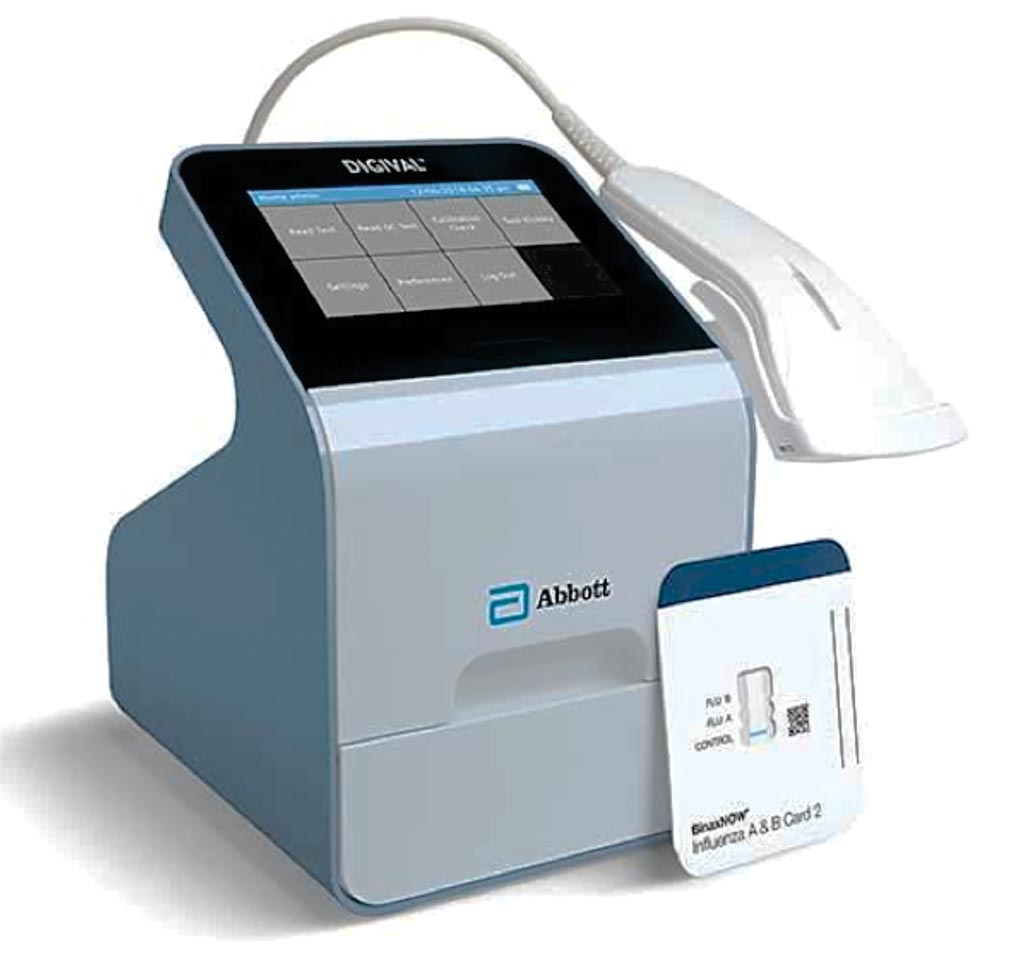
Reformulated Influenza Rapid Test Made Available
Influenza is a viral infection of the upper respiratory system, which includes the nose, bronchial tubes, and lungs. Influenza can make people of any age ill. Although most people, including children, are ill with influenza for less than a week, some have a much more serious illness and may need to be hospitalized. Influenza may also lead to pneumonia or death. More...19 Mar 2019
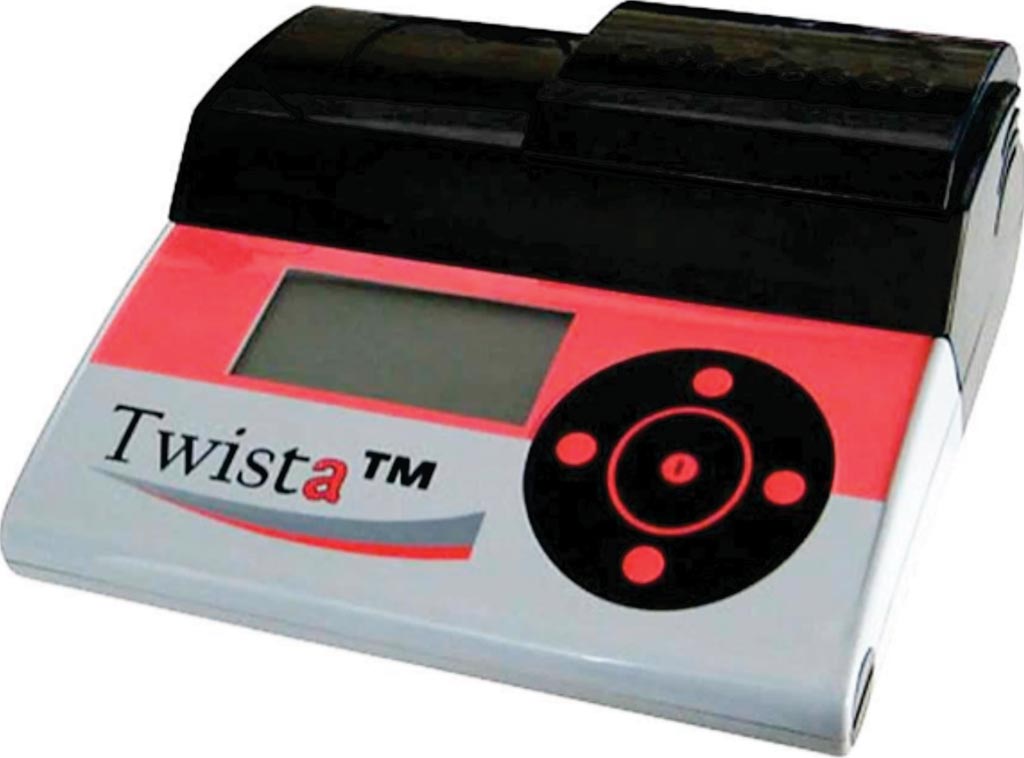
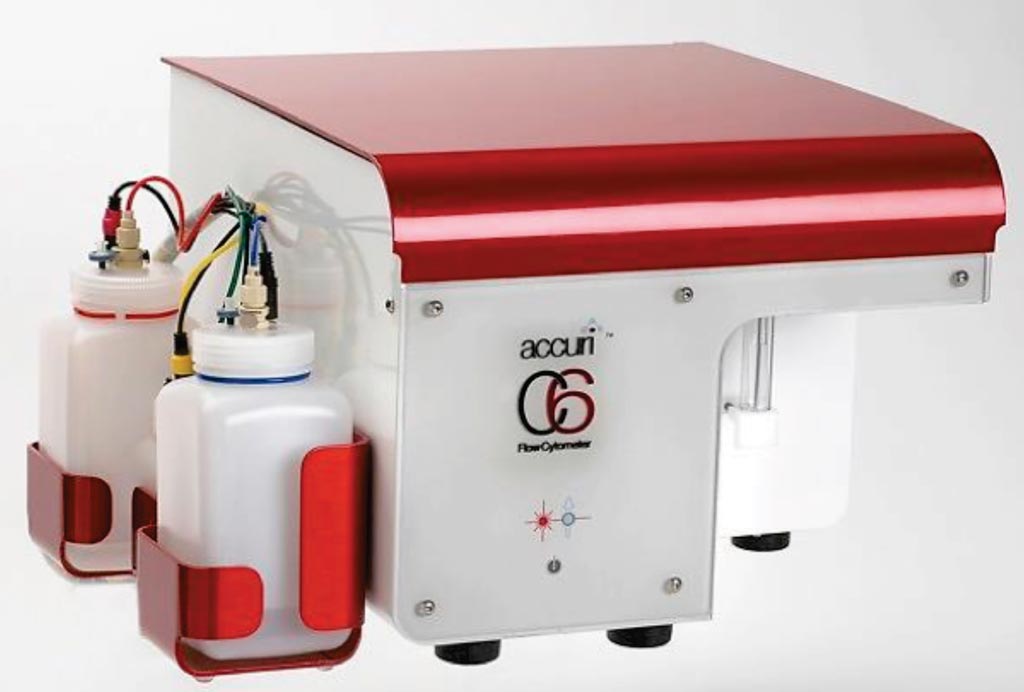
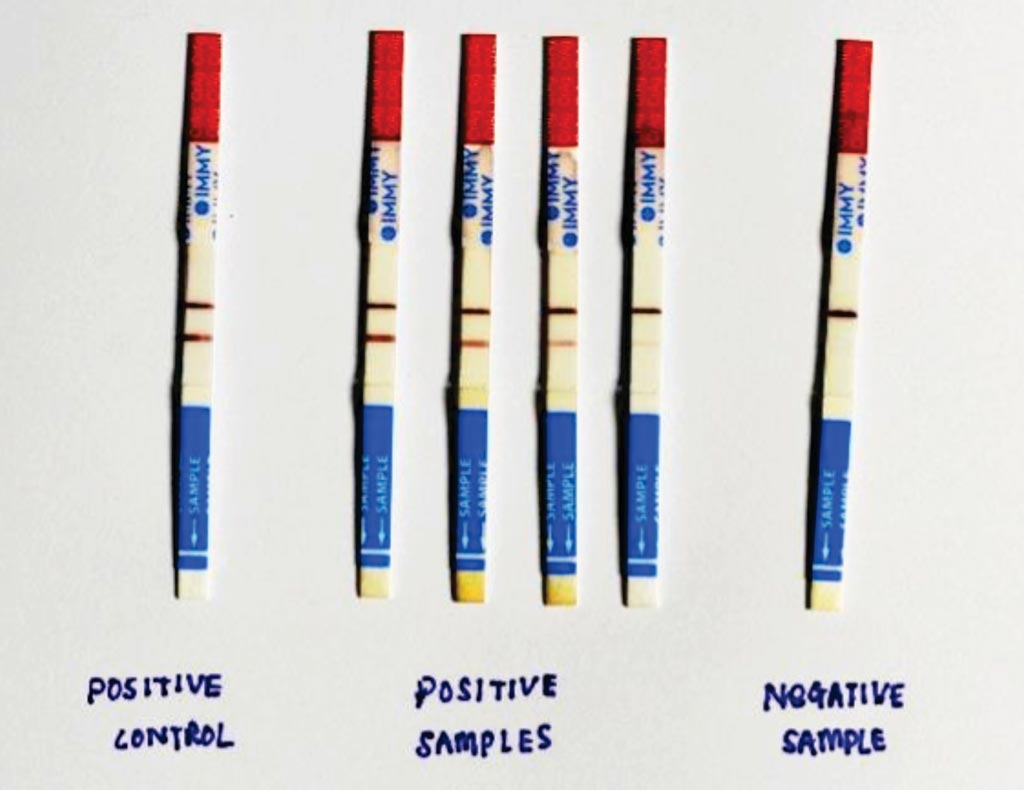
Lateral Flow RPA Assay Developed for Cryptococcus in CSF
The most common presentations of cryptococcosis are meningitis and meningoencephalitis. Cryptococcal meningitis (CM) is a subacute meningoencephalitis and the most common cause of adult meningitis with very high mortality rates as well as vision and hearing loss in survivors. More...06 Mar 2019
In Other News
Intestinal Mucosa Fungus Can Affect Lung Health
Unnecessary Testing for UTIs Significantly Reduced
Buruli Ulcer Pathogen Detected by Isothermal RPA Assay
Saliva-based Test Detects Infectious Subclinical Malaria
Assay Targets Antibiotic Resistance with Pathogen Identification
Dengue Severity Predicted by Gene Expression Signature
Accuracy of Self-Sampling for HPV Screening Evaluated
Microbiome Helps Identify Patients with Early-Stage Cancer
Bacterial Pathogen Discovered in Brains of Alzheimer's Patients
Automated Malaria Diagnosis Evaluated Using Autoanalyzer
Diagnostic Methods for Infectious Uveitis Investigated
Infant HIV Near Point-of-Care Test Field Evaluated
New Blood Tests for TB Could Accelerate Diagnosis
DNA Extraction Technique Improved for Chagas Diagnosis
Padlock Probe Assay Detects and Subtypes Seasonal Influenza
Rapid Diagnostic Tests Evaluated for HIV/Syphilis
Genetic Mutation Identified for TB Vulnerability
Tools for Meningitis Diagnostics Implemented in Resource-Limited Settings
Enteric Viral Panel Gets FDA Clearance
LAMP Test Rapidly Detects Sexually Transmitted Chlamydia
Serum Magnesium Levels Associated with CAP Mortality
Dengue Virus IgM Serotyped by ELISA
Gut Microbes Differ Between Two Common Conditions
The LabMedica Microbiology channel provides the latest news in the fields of epidemiology, bacteriology, virology, and parasitology, all viewed from the unique perspective of Laboratory Medicine.











